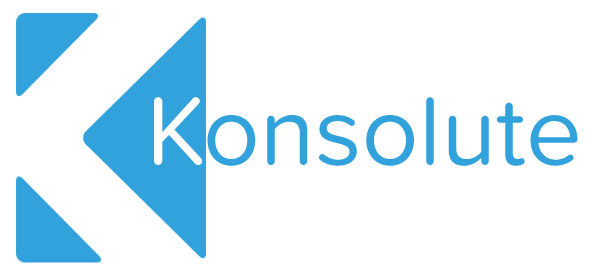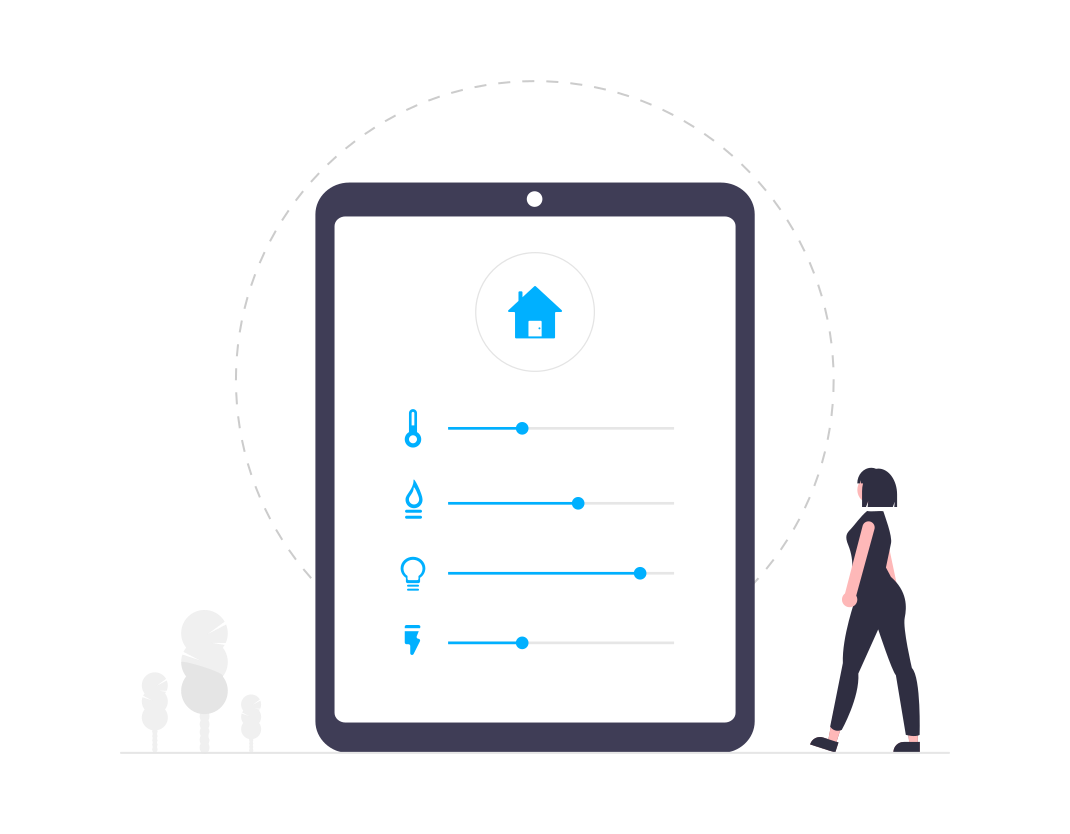Intelligent workplace series
Using SharePoint Syntex to Process and Manage your Organisation’s Images
What is SharePoint Syntex?
Microsoft announced SharePoint Syntex during their 2020 Ignite conference as the first offering as part of their Project Cortex, a new Microsoft technology that acts as a knowledge network within an organisation’s Microsoft 365 apps. Project Cortex technology is designed to take existing tools, such as SharePoint and Microsoft Graph and introduced AI to change the way data is processed. Essentially, Cortex aims to organise and present information in such a way that employee workflows are shortened, company-wide knowledge sharing is deepened, and automation capabilities are improved. Project Cortex changes the way organisations like ours and yours work in three key ways: managing information more efficiently; empowering employees with better knowledge; and providing superior insights with analytics.
The goal of SharePoint Syntex is to essentially to scale individual expertise. It allows someone who’s an expert in a specific content base to take their knowledge and model it, giving others the ability to automatically process similar content, pulling important, potentially specialist, knowledge out of this content as metadata. This metadata can then be used to tag files, making them easier to find and bringing it into line as part of an integrated business process. So, SharePoint Syntex is all about unlocking the knowledge hidden within content by allowing specialist individuals to teach it how to process content the way they do.
Manually Categorising and Searching for Images can be Taxing
It can be a long and taxing process to sort through documents and individually identify each of them by a single category, let alone by various types of metadata (think the columns that follow your images in your document viewer). This becomes particularly difficult when working with images; without manually searchable text we don’t have a shortcut to easily bring up the key information by which we want to categorise our data. Think of an industry in which digital images, such as AutoCAD diagrams or graphical representations, form a cornerstone of the organisational data, where multiple employees are responsible for the creation, upload, and archival of images on a daily basis. This situation can easily result in hundreds, maybe thousands, of images saved across various user profiles or folders, making searching for one specific file a very complex process.
Train SharePoint Syntex to do the Work for you
This is where SharePoint Syntex comes in. Syntex uses what Microsoft calls a “new visual directory” to give you the ability to automatically tag images as they are uploaded to your organisation’s system. This allows your SharePoint system to apply tags known as metadata descriptors to your images when it recognises recurring or prominent objects within them. So now, instead of going through each image one by one manually, Syntex’s AI models can be trained to, firstly, identify what kind of data each image holds and, secondly, identify certain elements of each image that helps to further categorise it.
So, let’s fully reimagine the process with the use of SharePoint Syntex. Let’s say we’re in an organisation that relies on technical drawings for its business processes, such as an engineering or construction firm. Once Syntex is provisioned on the organisation’s tenant, the member or members of the team responsible for producing and understanding technical drawings are then able to train Syntex (through a process known as machine teaching) both to recognise technical drawings as distinct from other kinds of images, and to identify important features or objects common to technical drawings. It can take as little as 10 examples manually tagged by this particular employee to train a Syntex model, after which it’s ready to go it alone, applying the appropriate metadata to your content and automating the passing on of specialist knowledge across your organisation.
Reap the Benefits of Syntex
“So I’ve tagged all my images”, I hear you ask, “but what does this actually do?” The metadata applied to these images can then be used to aid a whole host of crucial processes within the organisation. At its most basic, metadata is essential for searching and discovering data, making content easily discoverable across the organisation by specialists and non-specialists alike. Additionally, the information taken out of a technical drawing could be used to determine which team member or department needs to approve it, automatically notifying said person or team as to its successful upload. This newly tagged content also allows the organisation to improve its security and compliance processes. By providing a better understanding of the specific content of the data, Syntex enables the organisation to limit the access to certain images to only relevant employees. In situations where drawings of certain types or relating to certain projects require more stringent retention policies, metadata automatically applied by Syntex is used to aid existing security policies and make them more effective.
Did you know that you could be eligible for a free SharePoint Syntex Discovery workshops? See how your organisation can revolutionise your workplace through AI
3 key trends that prove workflow automation is the key to combating poor employee experience.
April 8, 2022
This weeks discussion is finance, the finance cloud and the AI that’s driving modernisation. Blockchain and mobile…
The latest from Microsoft on the future of Modern work, the 2022 Work Trend Index and an exciting road map to make hybrid work work.
March 28, 2022
This weeks discussion is finance, the finance cloud and the AI that’s driving modernisation. Blockchain and mobile…
AI, apps and cloud banking are shaping the investment and banking institutions we all know so well. So, how is the finance sector taking all of this increased accessibility and actionable data and using it for good?
February 22, 2022
This weeks discussion is finance, the finance cloud and the AI that’s driving modernisation. Blockchain and mobile…
A new united Nuclear Waste Service, Hinkley Point C and the pressure of Net Zero.
February 16, 2022
Today we’re discussing the UK’s efforts to manage radioactive waste and the Nuclear landscape the UK government is…
We’re working with the Nuclear Sector and playing our part in the UK’s Journey to a cleaner energy future.
February 3, 2022
Investment in new nuclear capacity is essential to the UK hitting net zero. Building our Nuclear offering will ensure a…





